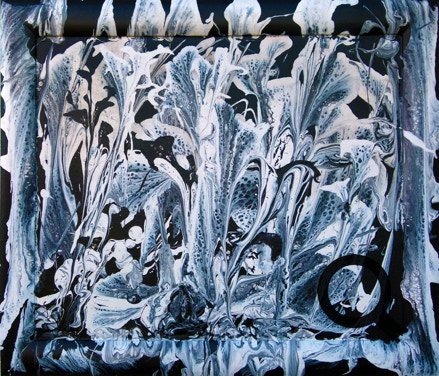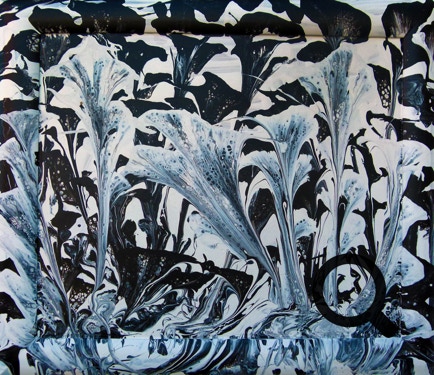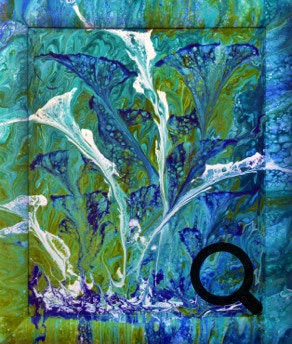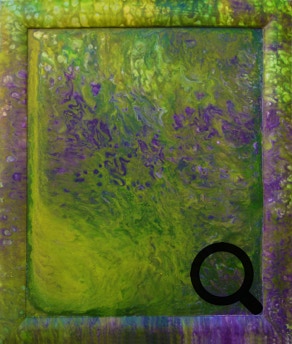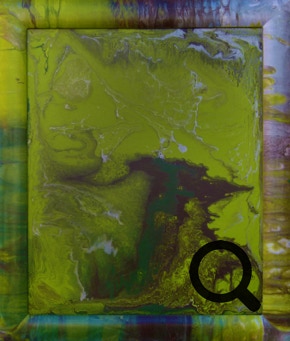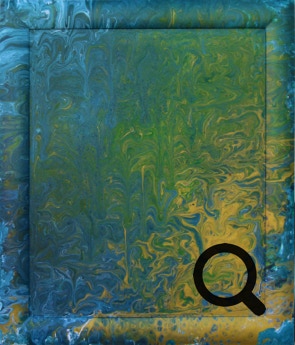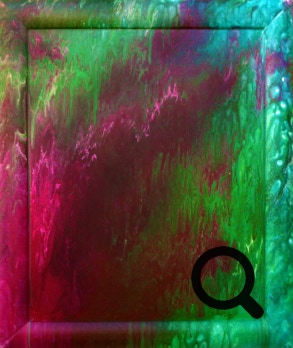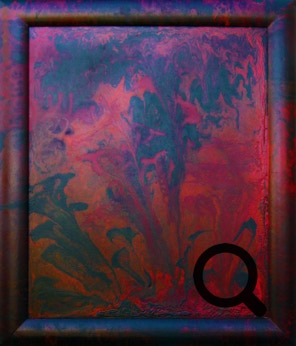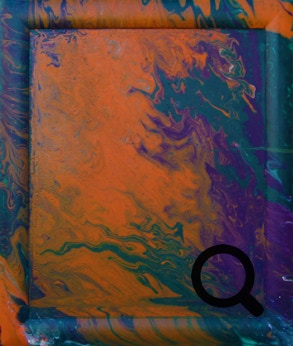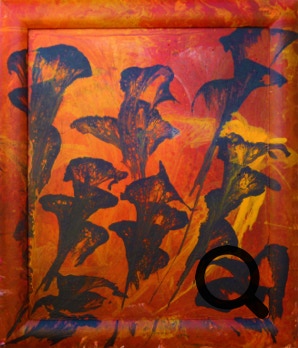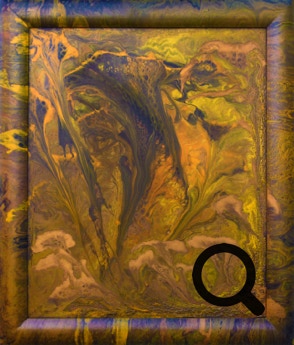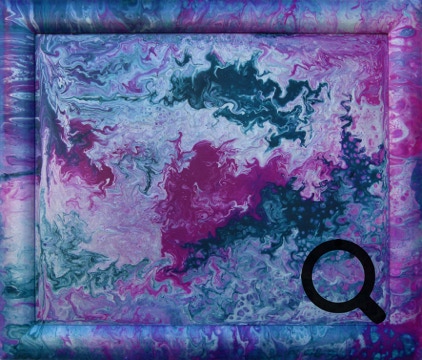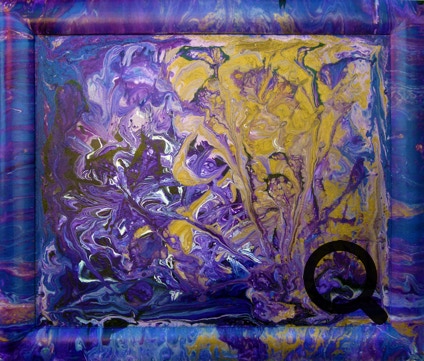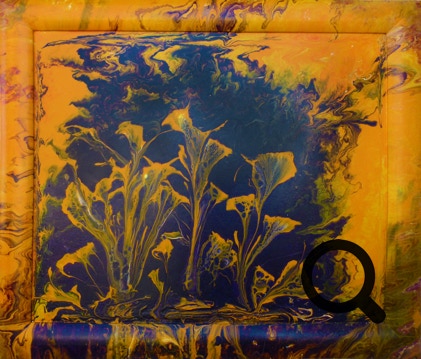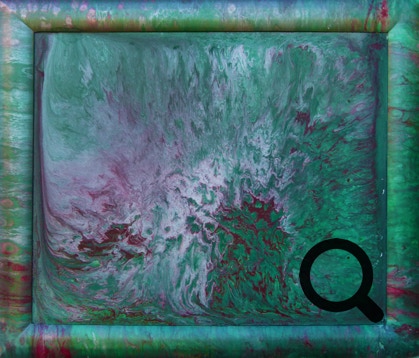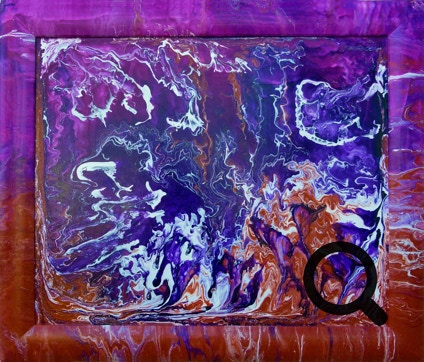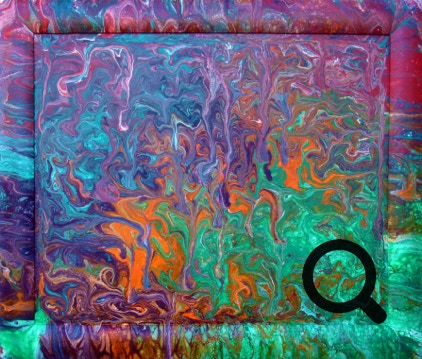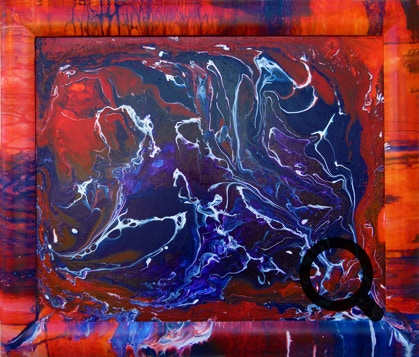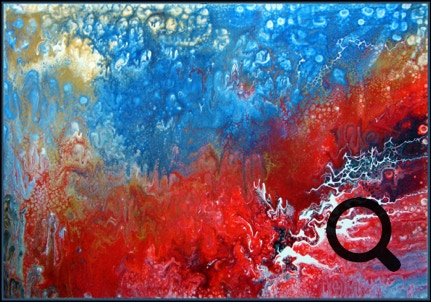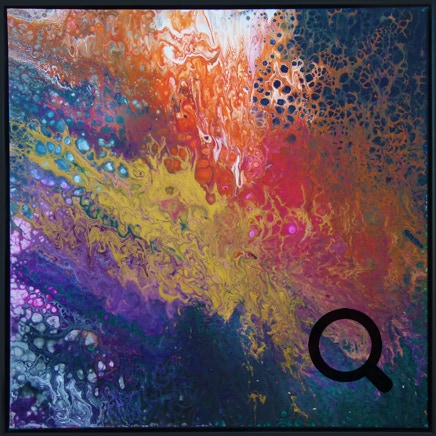Sigrid Koerner
Malerin und Designerin
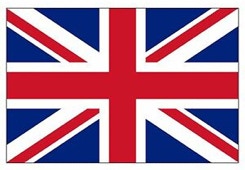
FASCINATION AND MAGIC OF COLORS
"The colors are the place where our brain and the universe meet" Paul Cézanne
What is color?
Many a term is too vague, too narrow, perhaps too sober or too poetic.
Colors with all their facets, the infinite variations of mixing, optical changes in changing light conditions, different forms of appearance and various superimpositions can hardly be grasped and determined. They defy all rules, especially in their most beautiful harmonies, and exert an extraordinary irritation, a magical fascination and their own attraction in our regulated world.
Colors oscillate between natural phenomena, sensation and materiality. Without them, we would lose ourselves in a gray everyday life; they give us orientation, let us see and recognize the world in all its diversity and beauty. Colors trigger pleasure, aversion, grief and joy. They have a symbolic effect on humans, they designate things, they represent emotions and feelings, they can be felt in an analogous and autonomous way.
As observers of color, the human being always brings in his subjectivity and thus influences the perception of colors resulting from the collision of light and matter. They are also radiation forces, energies that affect us in a positive or negative way, whether we are aware of it or not. Colors touch us all, they tear us away, they seduce you, they depict you, they point to other things, they are the "soul of painting".
From a linguistic point of view, the word "color", which is attested in the German language since the eighth century, is related to the word "trout". Color is a noun to the Old High German adjective „faro, farawer“. This adjective - like the name trout - can be traced back to the Indo-European root perk - "speckled, colorful", but also attributed to the common German farwa-lo. It means "form, shape, color" and is probably related to the Indo-European root k (w) er-w- "to make, shape". Color was initially used nonspecifically. The term did not refer to the color as such, but to the whole appearance of an object or living thing.
The sensuous presence and conciseness of the colors, which hurts us in extreme cases, but which also helps to calm and heal us, turns out to be a delusion from the perspective of the natural sciences. In principle, the word "color" is used in phenomenal, substantive, medial or local sense.
Click on the individual pictures,
Great around them
to see
PHENOMENAL refers to the word "color" in its first basic meaning as a sense quality: a specific nature of the cause or content of a visual sensation and perception. It is understood here as the physical cause of a visual sensation, as the basal property of the material world, which triggers a specific reaction in our eye through its light reflection. However, as a sensation - in the concept the physical is inseparably connected with the psychological - this reaction eludes a more detailed description; not only because of the particularly virulent inadequacy of our language in color phenomena. The feeling itself is a matter of the individual subject.
Color refers to the perceptible appearance of things and living beings, which is based on various reflections and absorptions of light and refers in the physical sense to electromagnetic waves in the wavelength range between 380 and 780 nanometers, the spectrum of visible light, the spectrum of our sun minus infrared and ultraviolet. We define "black" as the absence of light and thus as the absence of any color, but "white" as the absence of any color, as bright. For us they belong, as well as "gray" to the achromatic colors.
SUBSTANTIAL we consider the colorants, pigments and dyes, more precisely. We can distinguish between natural mineral colors, earth colors, synthetic mineral colors, natural animal or plant colors, and synthetic organic colors. Therein, the word "color" denotes a coloring substance, the dye. But color also refers to the body, which communicates the surface of other bodies, i.e. changes the previous color of the object.
SUBSTANTIAL we consider the colorants, pigments and dyes, more precisely. We can distinguish between natural mineral colors, earth colors, synthetic mineral colors, natural animal or plant colors, and synthetic organic colors. Therein, the word "color" denotes a coloring substance, the dye. But color also refers to the body, which communicates the surface of other bodies, i.e. changes the previous color of the object.
MEDIA AND LOCAL: Animals and plants warn, entice or disguise themselves by means of colors. Their colored body parts exert an optical signal effect. Colors fulfill important biological purposes such as reproduction, food or camouflage.
However, colors also function as recognizers and markers in the living environment of people and refer symbolically to dangers, prohibitions, countries, places and peculiarities, but also to similarities, feelings of cohesion, connections and experiences.
Our language is more than a means of communication. It is a knowledge store for sayings and idioms, life experiences of generations, as well as the expertise of specialists and scientists. But through color, language is communication without words. This language is subject to a whole series of conventions of psychological, symbolic and religious nature, which vary according to country and epoch. Also, the attempt through colorimetry to bring a certain order with the help of precisely specified color plates, still does not capture all the properties such as structure, transparency, brilliance and texture, which make up the actual color impression.
The color perception is also culturally influenced. Not only the naming of the colors, but also their classification depends essentially on a common vocabulary, thus also on social conventions and is determined to a considerable extent culturally.
ARTISTICAL: Colors have an unconscious symbolic power that gives our life its deeper meaning. Almost every professional painter finds his own style with its own color and technique. He uses the color and the material to express himself. Colors are meant to be intoxicating, taking the viewer into another sphere, and painting is emerging in another place.
Colors have the property of producing sensory effects only in harmony with other colors. A single tone will reveal its character and ever-changing temperament only in collective play with other hues. Combining colors with each other is a creative process like a colorful dream, a creative adventure or a poetic journey into the infinite world of the senses. However, the message that conveys a particular color or color group is variable. Because every color statement is always individual, true only to the moment and depending on its environment. Colors and feelings are not randomly combined, are not individual tastes, but general experiences, anchored since childhood deep in our language and thinking, with psychological symbolism and tradition.
©uwe piller 2019









